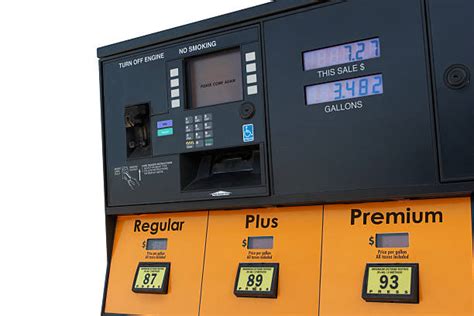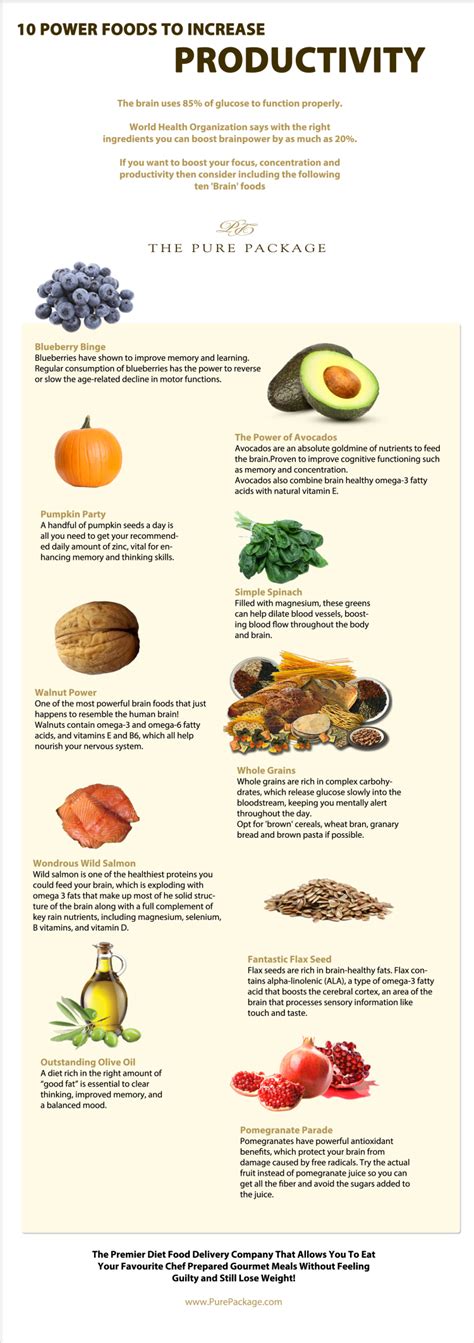Unraveling the Premium Gas Mystery: Is Higher Octane Worth the Price for MPG?
Many drivers face the pump dilemma: regular or premium? The higher price tag of premium fuel often leads to the assumption that it offers superior benefits, particularly in fuel economy. But is this common belief rooted in reality, or is it an expensive misconception? This article delves into the science behind premium gasoline and its actual impact on your vehicle’s mileage.
![Driver CV - Example & Word Template [Free Download]](/images/aHR0cHM6Ly90czIubW0uYmluZy5uZXQvdGg/aWQ9T0lQLk12aTRGUDBOWGRhTm5iNEFsOF9FVmdIYUtlJnBpZD0xNS4x.webp)
What Exactly is Premium Gas? Understanding Octane Ratings
The primary difference between regular, mid-grade, and premium gasoline is their octane rating. Octane is a measure of a fuel’s resistance to “knocking” or “pinging” – a phenomenon where the fuel ignites prematurely in the engine’s cylinders. Regular gasoline typically has an octane rating of 87, while premium often ranges from 91 to 93. It’s crucial to understand that a higher octane rating doesn’t mean more energy or better quality; it simply means greater resistance to pre-ignition.

How Engines Interact with Octane Levels
Modern engines are designed to operate efficiently with a specific octane level. Cars that require premium fuel, often high-performance or turbocharged vehicles, have higher compression ratios or boost pressures. These designs make the engine more susceptible to knocking, and thus, require the higher octane to prevent damage and maintain optimal performance. Conversely, vehicles designed for regular 87 octane fuel are calibrated to prevent knocking at that level. Their engine control units (ECUs) will not magically extract more power or efficiency from higher octane fuel.
Debunking the Myth: Does Premium Gas Improve Fuel Economy?
For the vast majority of vehicles not specifically engineered for premium fuel, putting higher octane gas in the tank will offer no measurable improvement in fuel economy. The engine’s computer (ECU) is programmed for the recommended octane and cannot take advantage of the higher knock resistance if it doesn’t need it. In some cases, if a car designed for regular fuel detects slight knocking, it might retard timing, which could slightly decrease efficiency. However, simply adding premium when not needed doesn’t “clean” the engine better or boost mileage.

When Premium Gas is a Necessity (Not a Choice)
You should only use premium fuel if your car’s manufacturer explicitly recommends or requires it. This information is typically found in your owner’s manual, on a sticker inside the fuel filler door, or sometimes on the gas gauge. High-performance sports cars, luxury vehicles, and certain turbocharged engines often fall into this category. For these vehicles, using the specified premium fuel is essential to ensure the engine performs as designed, prevents potential damage, and maintains optimal fuel economy and power.

The True Cost: A Financial Look at Premium vs. Regular
Given that premium gas can cost anywhere from $0.30 to $0.70 more per gallon than regular, consistently filling up with premium when your car doesn’t need it adds up significantly over time. For a vehicle with a 15-gallon tank, that’s an extra $4.50 to $10.50 per fill-up. If your car isn’t designed to utilize the higher octane, you’re essentially throwing money away with no tangible benefit in terms of fuel economy, engine longevity, or performance.

Conclusion: Fueling Your Car Smartly
Unless your vehicle manufacturer explicitly states that premium gasoline is required or recommended, sticking with regular 87 octane fuel is the most economical and logical choice. For the average driver, the notion that premium gas offers better fuel economy is a myth. Save your money and fill up with the fuel your car was designed to run on – your wallet and your engine will thank you.




